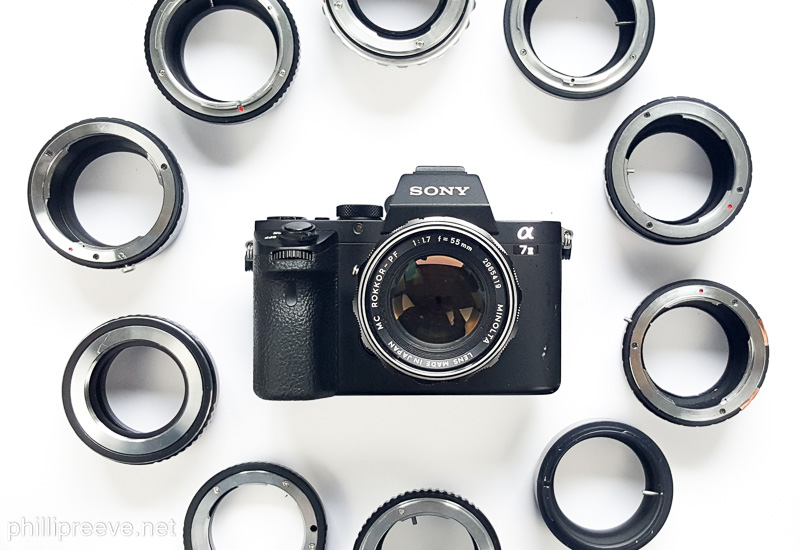hmg86
Newcomer
- Followers
- 0
- Following
- 0
- Joined
- Mar 7, 2022
- Posts
- 4
- Likes Received
- 0
- Trophy Points
- 0
- Name
- Harris Goldstein
Looking to use a basic Fotodiox/Fotga/Newer/K&F adapter on my new-to-me A6000. With my PK and M42 lenses.
As I understand, no automation and the camera should be set in aperture priority mode. I'll use focus peaking to help with focus. My main question is, since the lens will be in stop-down mode, how usable will the image in the viewfinder be?
(I've searched to find this, but without luck.)
Also, any recommendations on the above brands? Doesn't seem to be a lot to these adapters.
Thanks.
As I understand, no automation and the camera should be set in aperture priority mode. I'll use focus peaking to help with focus. My main question is, since the lens will be in stop-down mode, how usable will the image in the viewfinder be?
(I've searched to find this, but without luck.)
Also, any recommendations on the above brands? Doesn't seem to be a lot to these adapters.
Thanks.


